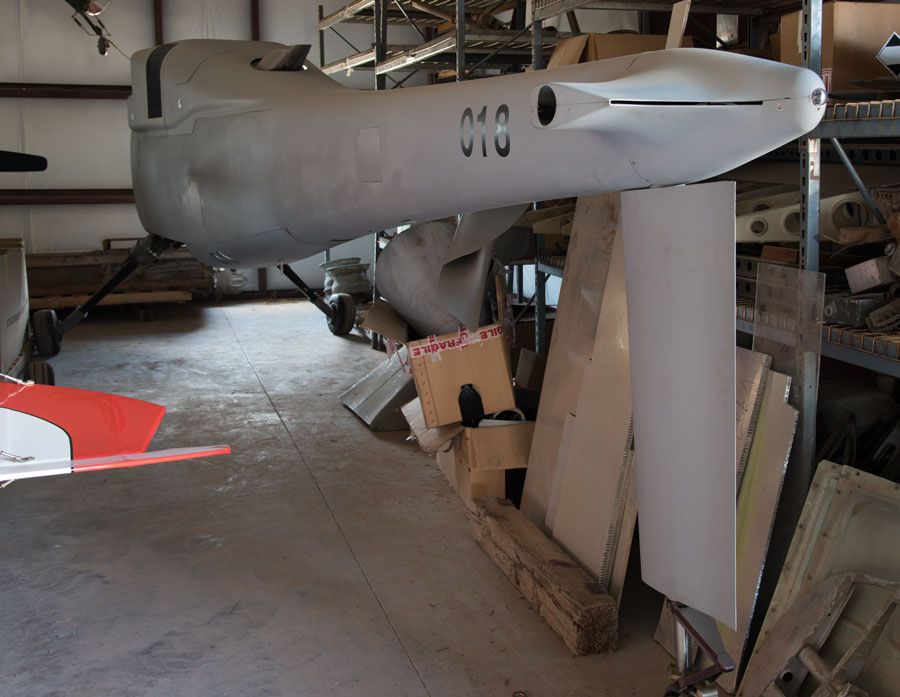Boeing A160T Hummingbird
This aircraft is not currently on public display.
Development of the A160 Hummingbird was begun by the San Diego based company, Frontier Systems, in 1998 under a Defense Advanced Research Projects Agency (DARPA) program. As a UAV, the Hummingbird was intended to provide battlefield support for ground forces without placing a flight crew in danger. The helicopter was intended to provide cargo deliveries of up to 2,500 pounds, perform reconnaissance missions, act as a communications relay, and provide target acquisition for other aircraft. The A160 first flew in 2002 and DARPA awarded Frontier Systems a contract for four development aircraft the next year. Frontier Systems was absorbed by Boeing in 2004 and development of the Hummingbird continued first under Boeing’s Phantom Works and then later as a part of Boeing’s Advanced Systems component. The A160T is a turbine powered version of the aircraft that first flew in 2007. The Hummingbird underwent testing at the Yuma Proving Ground in Arizona and performed tropical environment testing in Belize in 2010. The Hummingbird competed with the Kaman K-MAX for a U.S. Marine contract but did not win. In 2011, the U.S. Navy cancelled its development contract for the A160 as did the U.S. Army at the end of 2012. Development of the Hummingbird ceased and the aircraft were sold as surplus.
Main Rotor Diameter | 36 ft |
Length | 35 ft |
Weight | 6,499 lbs (loaded) |
Maximum Speed | 160 MPH |
Service Ceiling | 26,247 ft |
Range | 1,609 miles |
Engine | One Pratt & Whitney PW207D turboshaft with 700 shaft horsepower |
Crew |
Manufacturer
Boeing
Markings
Boeing Advanced Systems, 2012
Designation
A160T
Serial Number
A18
